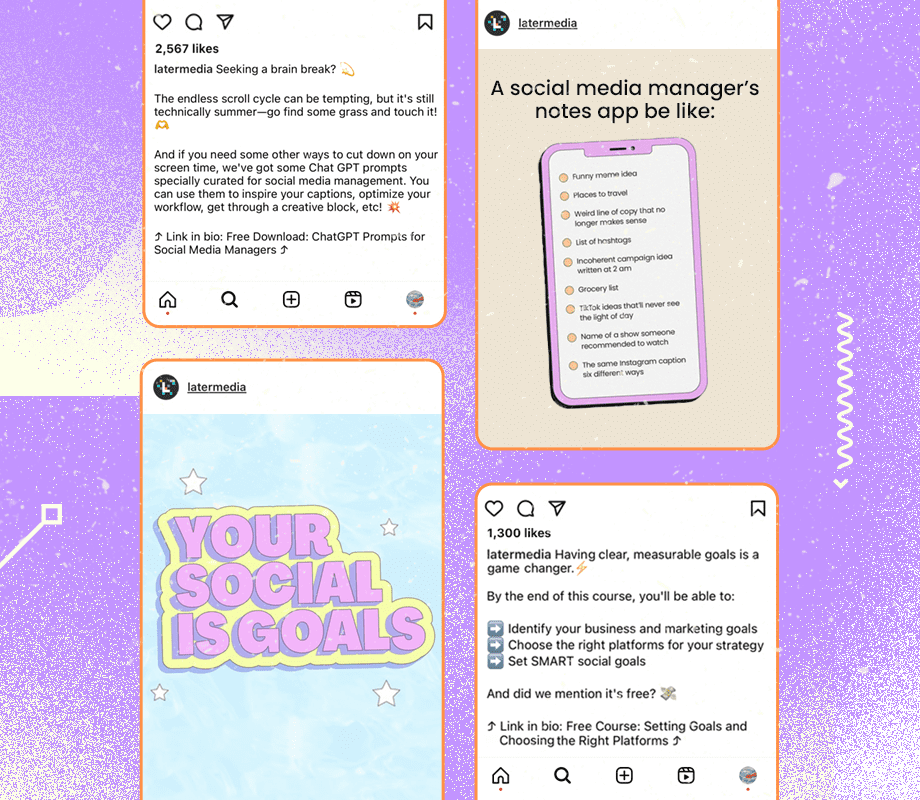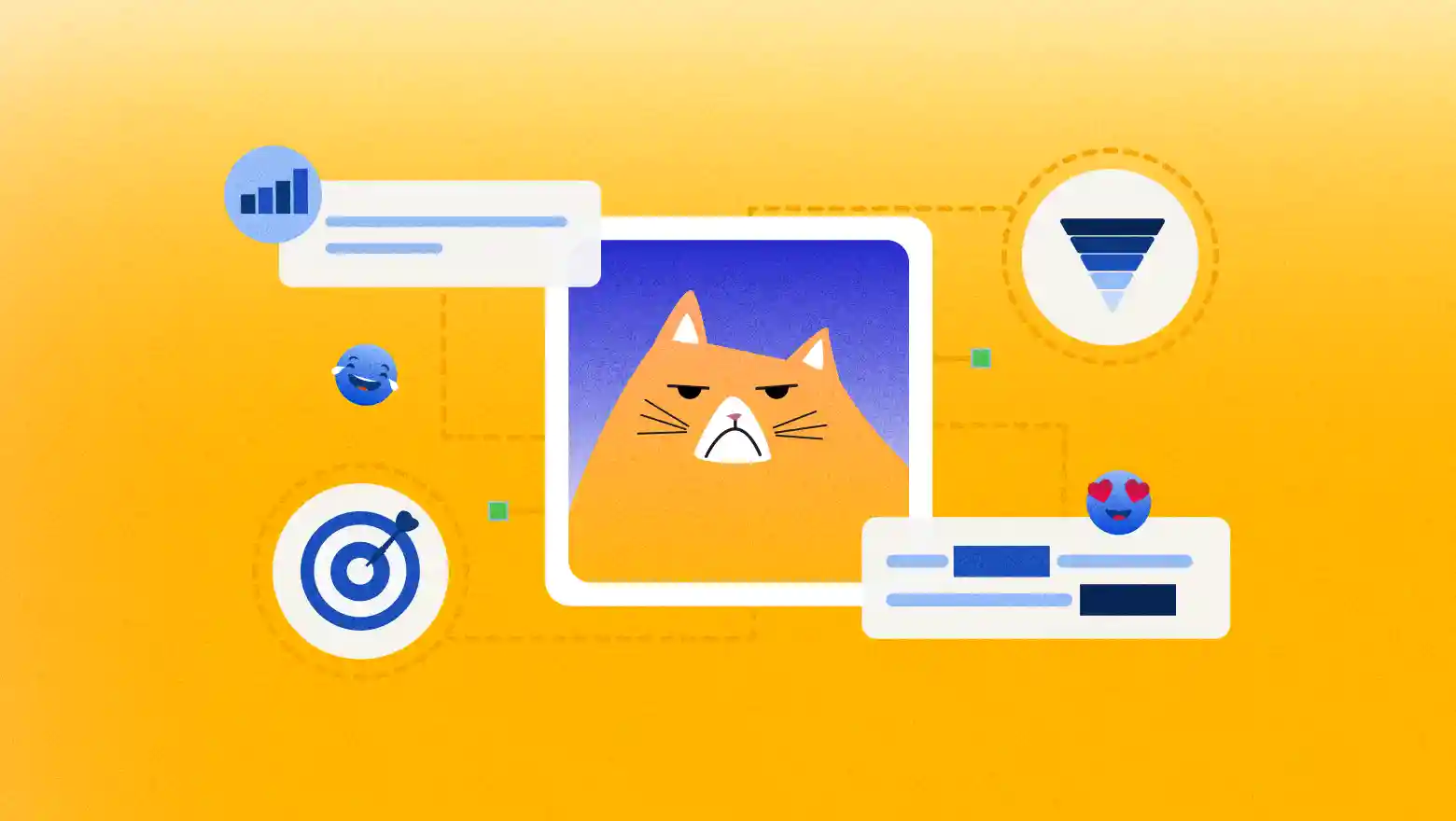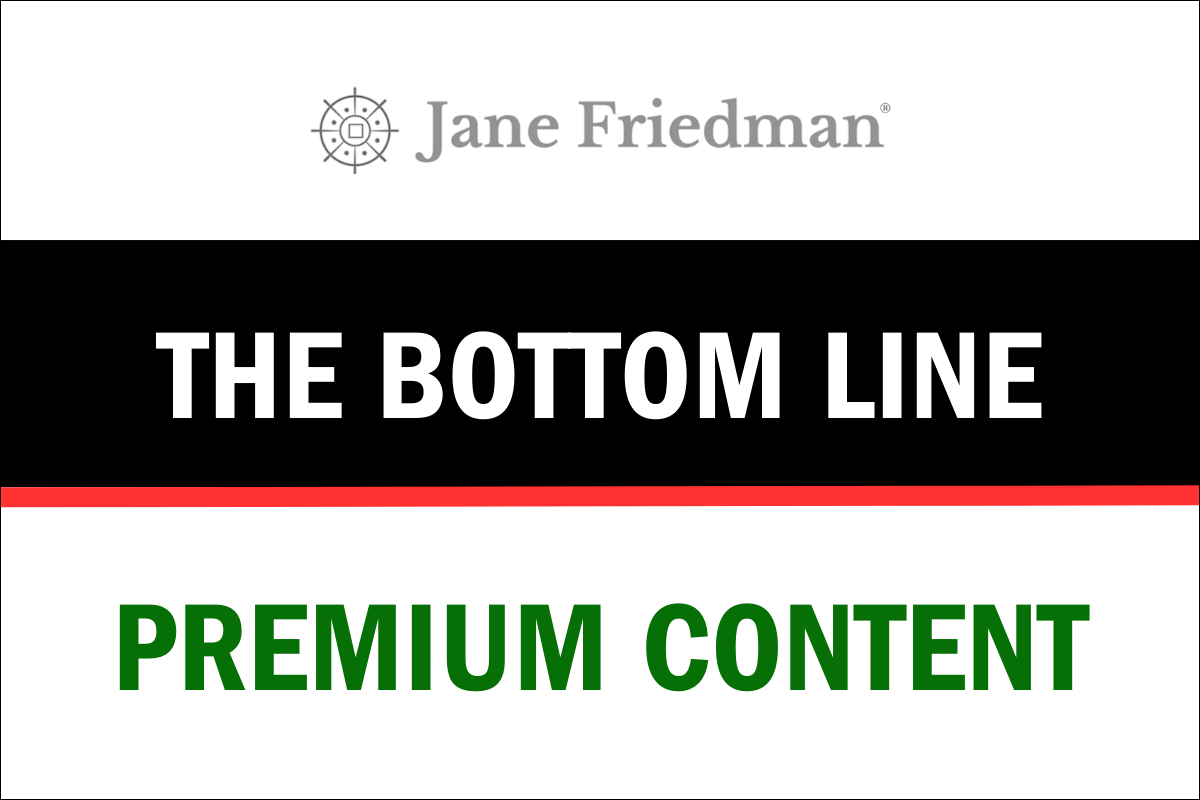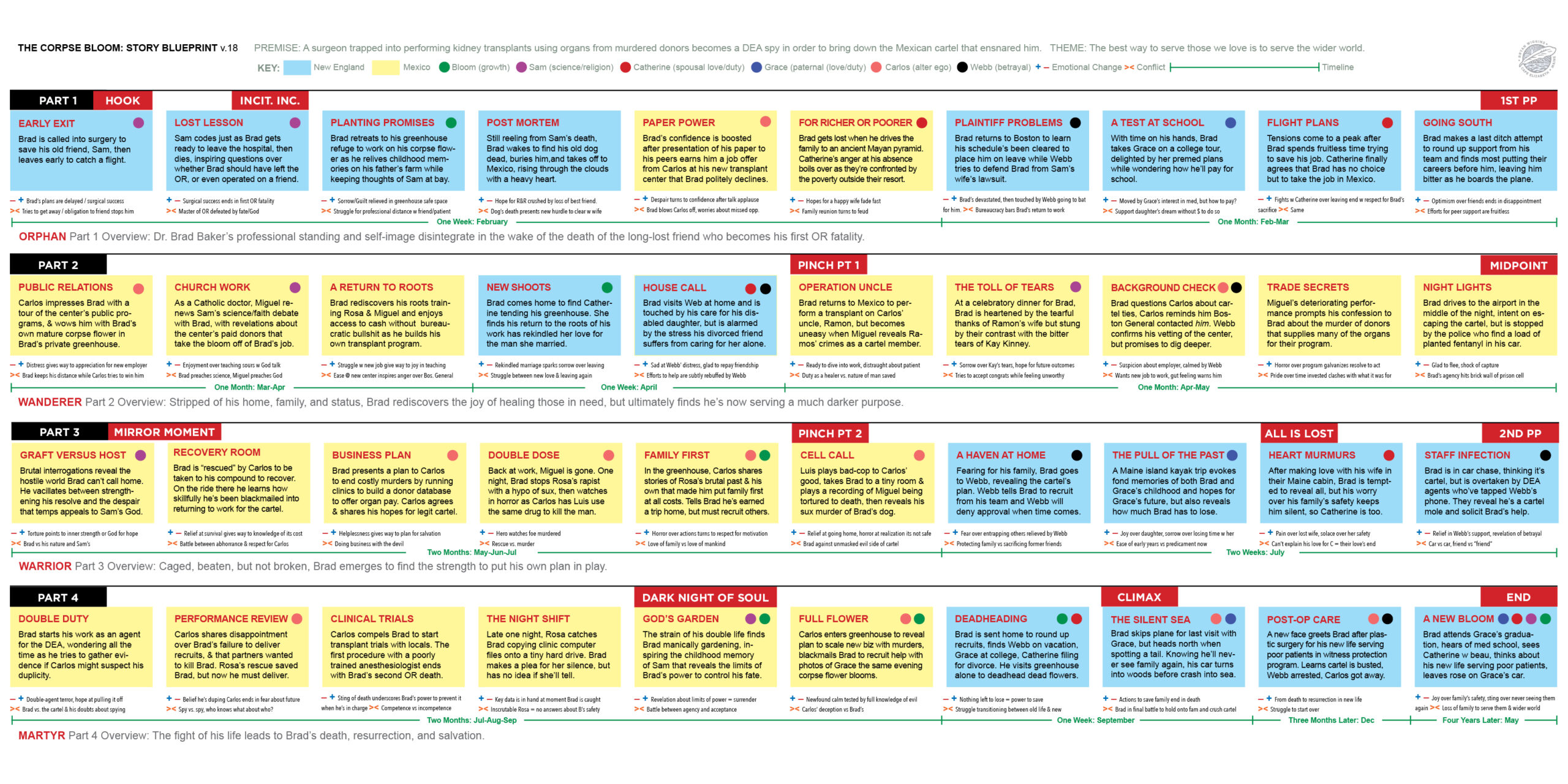Pinterest Is My Best-Kept Author Marketing Secret
Pinterest isn’t just for recipes, DIY projects, and home decor—it’s also a goldmine for authors who understand how it really works.


Today’s post is by author, writing coach, and marketing expert Melissa Bourbon.
As a traditionally published and indie author with more than 35 books across multiple pen names, I’ve spent years testing what works (and what doesn’t) when it comes to author marketing. I’ve run Facebook ads, posted reels (on both TikTok and Instagram), followed marketing blueprints, and been on the hamster wheel of social media “visibility.” It was exhausting and the burn-out I experienced was very real. I know those methods have their place, but the only strategy I’ve found that keeps working for me long after I stop touching it is …
Pinterest.
I know what you might be thinking: Isn’t Pinterest for recipes, DIY projects, and home decor? Sure, but it’s also a goldmine for authors who understand how it works. First and foremost, Pinterest isn’t social media. If there is one thing you take away from this article, it’s that. I’ll say it again: Pinterest is not social media!
Pinterest is a visual search engine. That means it does not rely on followers like other social platforms. It is a place for writers who want to build discoverability quietly, sustainably, and without constant trend chasing. Y’all, it is an incredibly underutilized platform for authors.
In this post, I want to share some of my real-world results using Pinterest, walk through how authors can start building long-tail traffic, and explain why Pinterest might be the long game you’ve been looking for.
My basic Pinterest blueprint
I set up a Pinterest account years and years ago, but I didn’t know what to post. After the burn-out I mentioned above, I dug a little deeper into Pinterest as an alternative. I set up business account a few years ago to support my author website and blog. At first, I dabbled, pinning my book covers and linking them to Amazon or my landing page. I didn’t see much traffic and almost abandoned it altogether. I thought, “How many times can I post my same book covers?”
As it turns out, many, many times!
It wasn’t until I started thinking of Pinterest as a search engine (not a social app) that everything shifted for me.
As I really dug into Pinterest as a marketing tool, I focused on three things:
- Pinning blog content, lead magnets, and (yes, still) book covers all using keyword-rich titles and descriptions
- Designing clean, vertical pins with strong headlines and calls to action
- Creating Pinterest boards based on reader interests and tropes (“Magical Realism Mysteries” or “Cozy Mysteries with Baking Themes”) rather than just “My Books”
That shift in strategy started paying off and it ended up being a game-changer for me.
Real results from my author dashboard
I’m a data nerd at heart (former public school teacher and current writing instructor), so I track everything. And the numbers don’t lie.
Here’s a snapshot of what happened after I optimized my Pinterest presence and started pinning consistently (just a few times a week using Pinterest’s native scheduler):
From my Pinterest analytics (December 2024–January 2025)
- Monthly impressions: 84,000+
- Outbound clicks: Over 5,000+ (to blog posts, my website, my lead magnet, and book retail pages)
- Saves: 1000+ people saved my pins, making them even more discoverable
- Engaged audience: 13,000+ people engaged with my pins in some way (clicks, saves, repins, outbound clicks)

WordPress traffic insights
- Pinterest is consistently my top traffic source on my website, outranking Facebook and Instagram
- Page views on my site continue to increase, showing me that once people are on my site, they often explore further
- Blog posts that are 1–2 years old still get traffic from pins I created once and never touched again
- Lead magnet pages that are converting (as seen from my newsletter subscribers)
KDP correlation
One of my best-performing books, The Bibliomancer’s Daughter, saw a huge bump in KDP sales and reads since I started pinning around that series. Page reads and sales have grown exponentially since I leaned into Pinterest in 2022.




This is what I mean when I say Pinterest works in the background. It’s not flashy. It’s not immediate. But it builds over time, and the compounding results are real.
What happened when I helped other authors try it
As part of my Pinterest Power for Authors course, I’ve guided dozens of authors through setting up their Pinterest funnels.
Growing an email list with evergreen pins
Author Type: Indie Romance Writer
Goal: Grow email subscribers from organic search
Strategy: Created pins linking to a free novella (lead magnet) and a character quiz
Results
- 1,200+ new subscribers in 6 months
- 3 evergreen pins continue to drive daily traffic
- Pin design tested with 3 templates to find the best performer
Driving preorders for a series launch
Author Type: Cozy Mystery Author
Goal: Build buzz for Book 1 of a new series
Strategy: Used “Meet the Character,” “Behind the Book,” and “Mood Board” pins
Results
- Pinterest became the 2nd highest traffic referrer during launch month
- 250+ clicks to preorder page from one pin
- Boosted visibility on Amazon with early reviews and shares
Selling digital products & courses
Author Type: Writing Coach & Nonfiction Author
Goal: Drive traffic to a low-cost workbook and course
Strategy: Created 10 pins per product, rotating seasonal topics and pain points (i.e., “Feeling Stuck Writing Your Memoir?”)
Results
- Monthly traffic boost to website/store
- Increased course enrollments from Pinterest by 19%
- Best-performing pin: simple checklist with strong overlay text
None of these authors were “Pinterest people.” None posted daily. What they did do was build smart, keyword-aligned pins. Then they let those pins do the work.
Why this matters for authors who are tired of social media
Pinterest is not an overnight juggernaut to success. It is a slow build. But I see that as a good thing. Unlike Instagram or TikTok, where content disappears in a matter of hours unless you go viral, Pinterest pins have a shelf life measured in months and years. They’re searchable, re-pinnable, and totally algorithm-friendly.

This makes Pinterest ideal for:
- Writers with evergreen content (like blog archives, seasonal content, world-building or writing resources, or bonus chapters/lead magnets)
- Authors looking to grow their email lists without constantly “going live” or posting videos
- Series authors with multiple entry points to promote
Pinterest, like any other platform, may not be for everyone, but if you’re looking for a platform that rewards long-term effort and doesn’t require you to perform or trend-jump or be present constantly, Pinterest might be the quiet marketing opportunity you’ve been missing.
Getting started without getting overwhelmed
If you want to test Pinterest, you don’t need to go all in. Start with a few simple steps:
- Set up a Pinterest Business account and claim your website
- Create 3–5 branded boards around your genre or themes
- Design 3–5 pins for your lead magnet or blog posts using Canva or BookBrush (you don’t need to be a designer!)
- Use keywords in your pin titles and descriptions (think: “witchy books for fall” or “mystery books with female sleuths” or “Enemies to Lovers Romances” or “Dark Thrillers in Small Towns”)
- Pin consistently, even if it’s just once a week
That’s it. No reels. No daily stories. NO DANCING! Just intentional content with long-term value.
Final thoughts
I didn’t expect Pinterest to become a cornerstone of my author marketing strategy, but it has quietly done just that. It brings readers to my site, supports my email growth (I get new subscribers daily), and keeps my backlist in circulation without constant maintenance.
The best part is that I can step away for weeks (even months), and my pins keep working for me in the background.
If you’re looking for a marketing tool that gives more than it takes, Pinterest might be worth your time.

_1.jpg)



















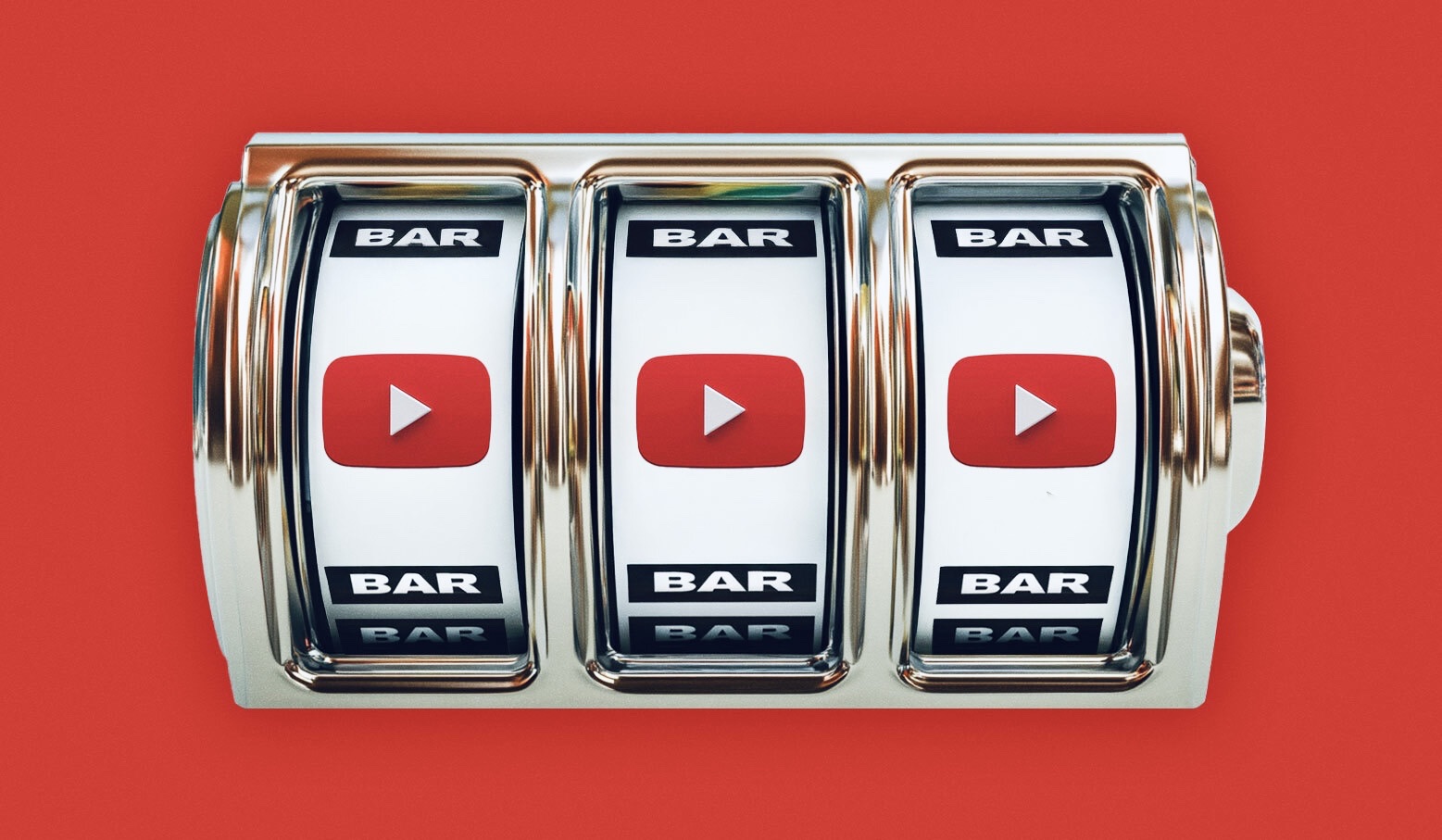

![How To Drive More Conversions With Fewer Clicks [MozCon 2025 Speaker Series]](https://moz.com/images/blog/banners/Mozcon2025_SpeakerBlogHeader_1180x400_RebeccaJackson_London.png?auto=compress,format&fit=crop&dm=1750097440&s=282171eb79ac511caa72821d69580a6e#)

![Brand and SEO Sitting on a Tree: K-I-S-S-I-N-G [Mozcon 2025 Speaker Series]](https://moz.com/images/blog/banners/Mozcon2025_SpeakerBlogHeader_1180x400_LidiaInfante_London.png?auto=compress,format&fit=crop&dm=1749465874&s=56275e60eb1f4363767c42d318c4ef4a#)
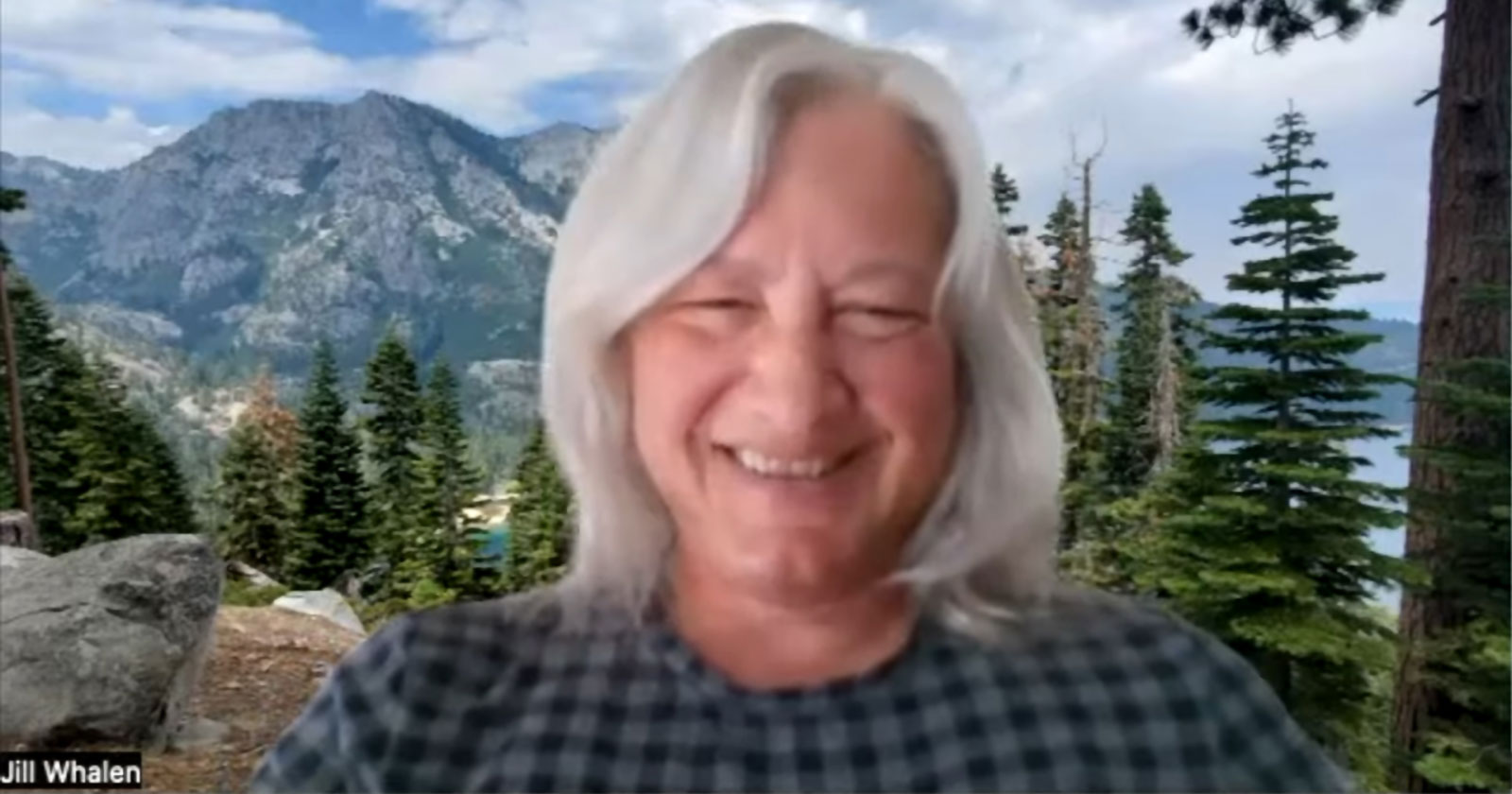
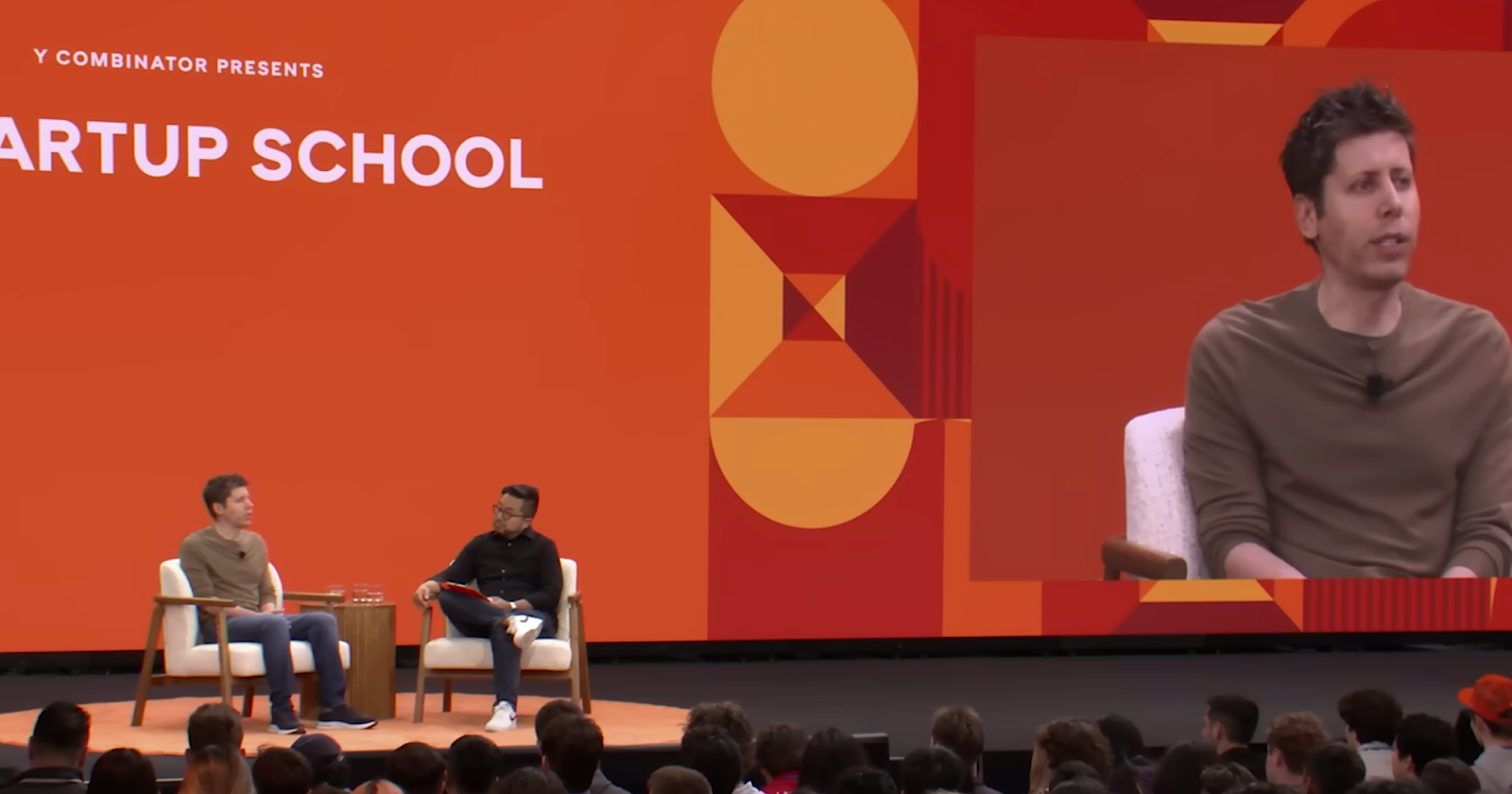







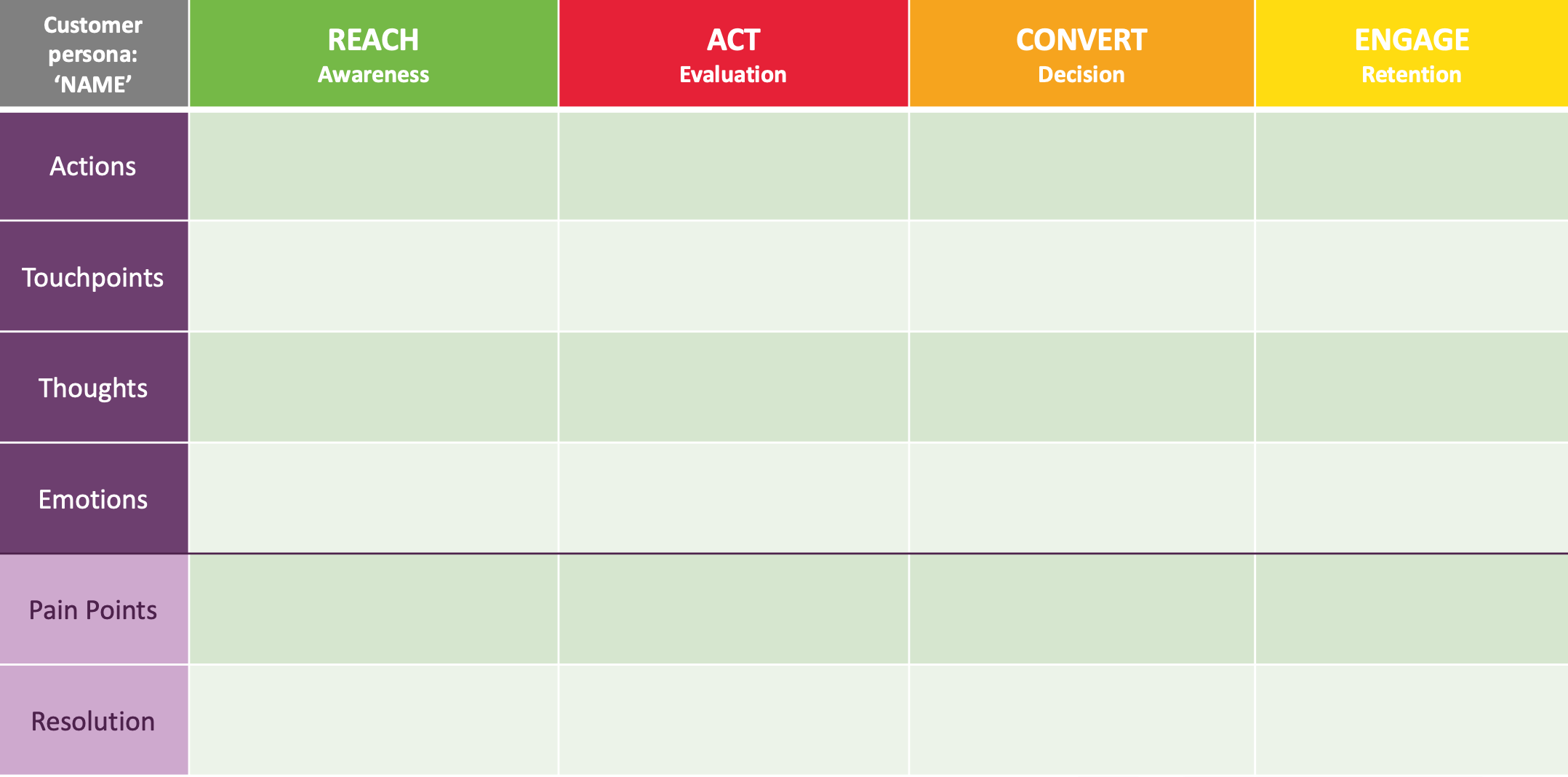















![The 11 Best Landing Page Builder Software Tools [2025]](https://www.growthmarketingpro.com/wp-content/uploads/2024/04/best-landing-page-software-hero-image-1024x618.png?#)


































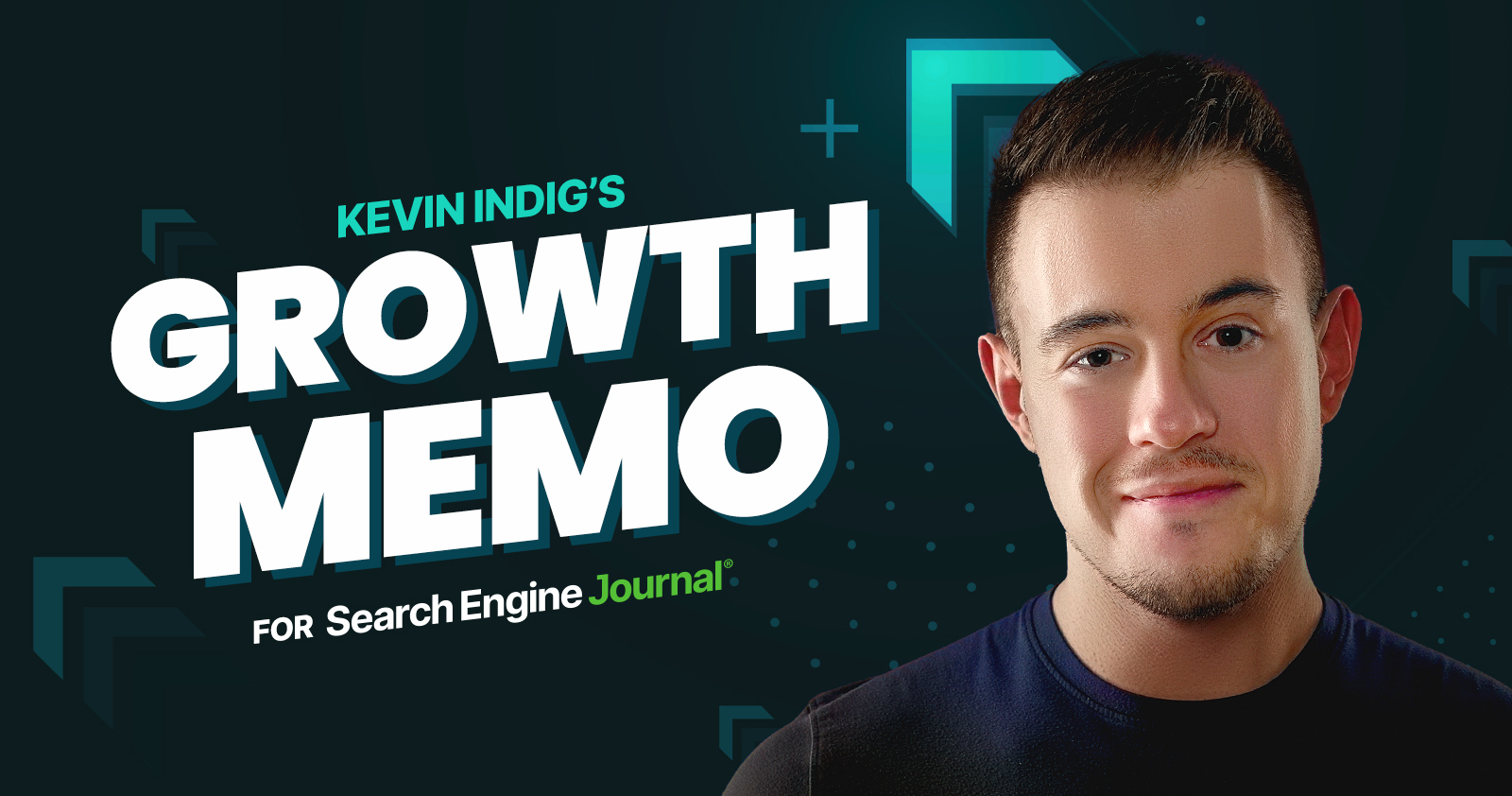



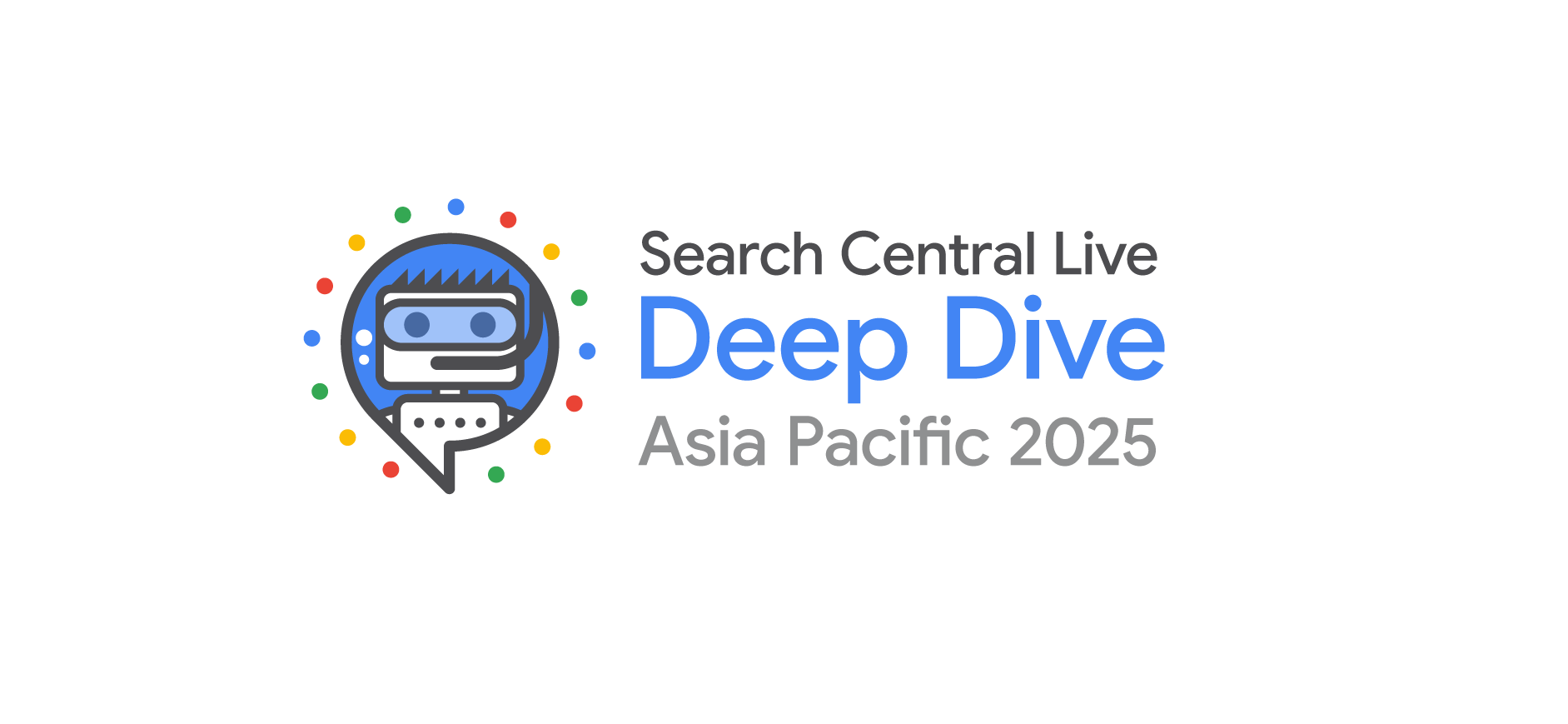


![How to Create an SEO Forecast [Free Template Included] — Whiteboard Friday](https://moz.com/images/blog/banners/WBF-SEOForecasting-Blog_Header.png?auto=compress,format&fit=crop&dm=1694010279&s=318ed1d453ed4f230e8e4b50ecee5417#)

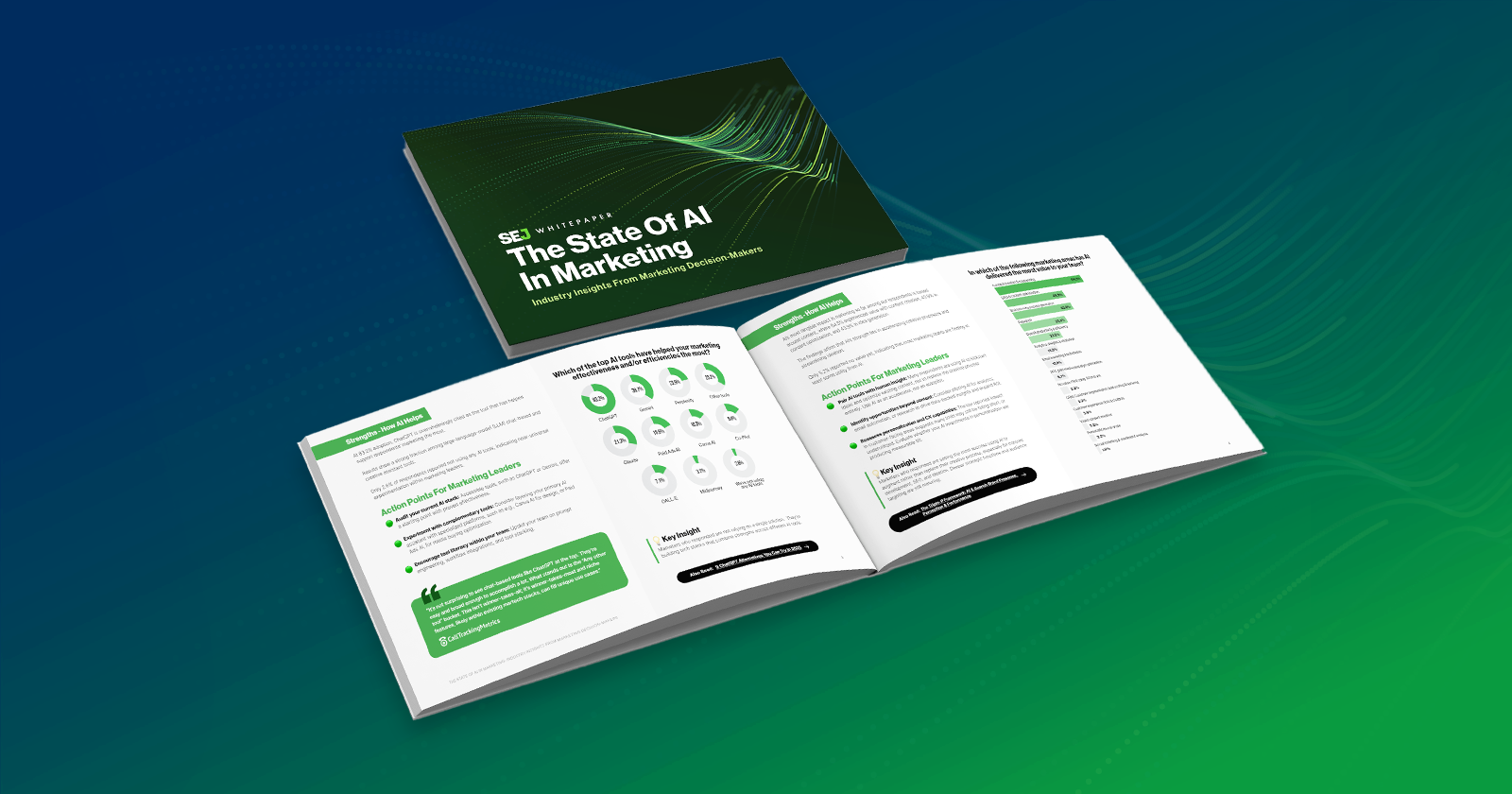
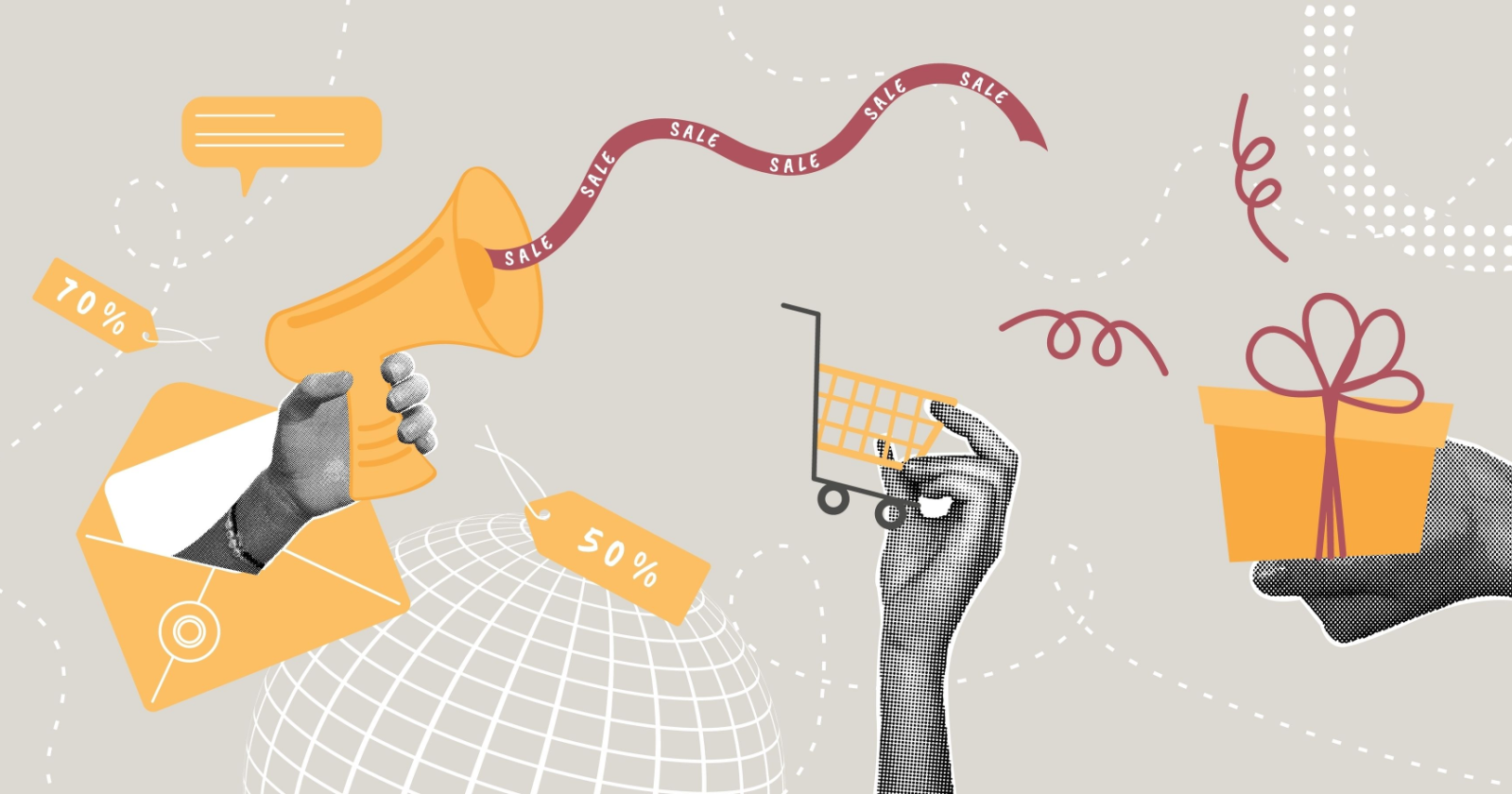

![What Is a Markup Language? [+ 7 Examples]](https://static.semrush.com/blog/uploads/media/82/c8/82c85ebca40c95d539cf4b766c9b98f8/markup-language-sm.png)



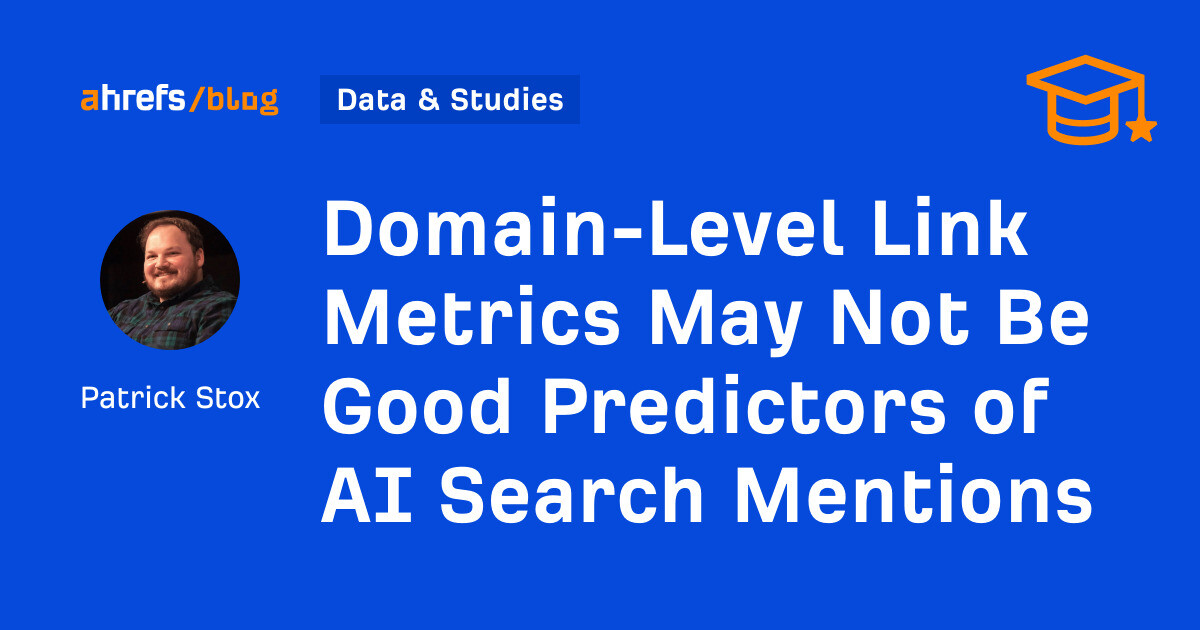
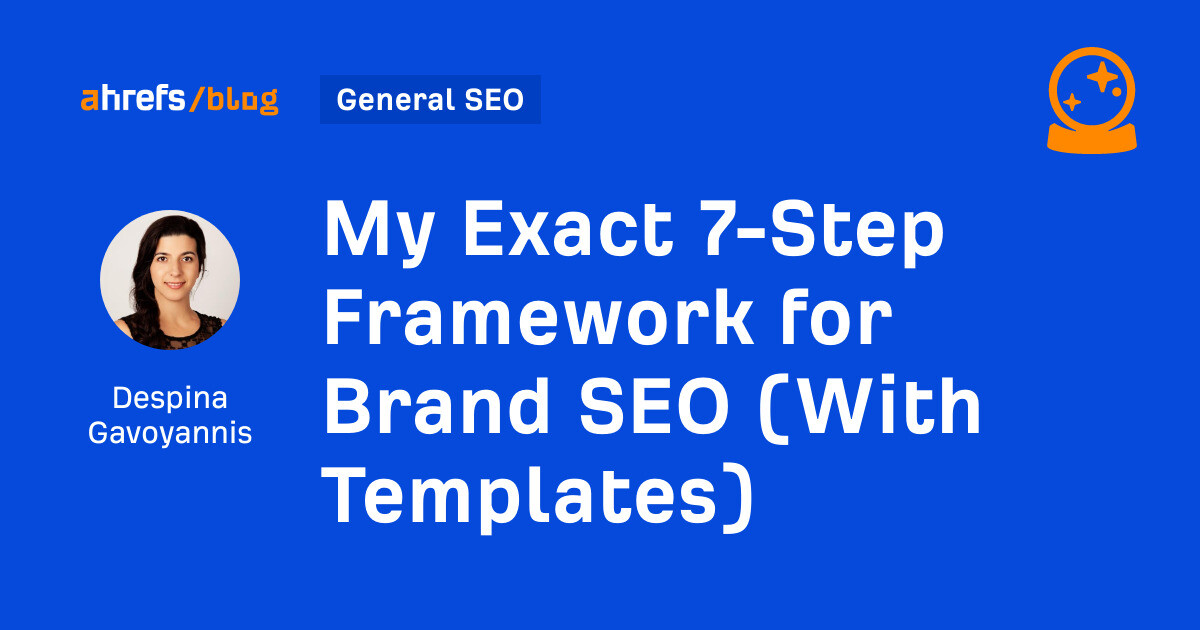

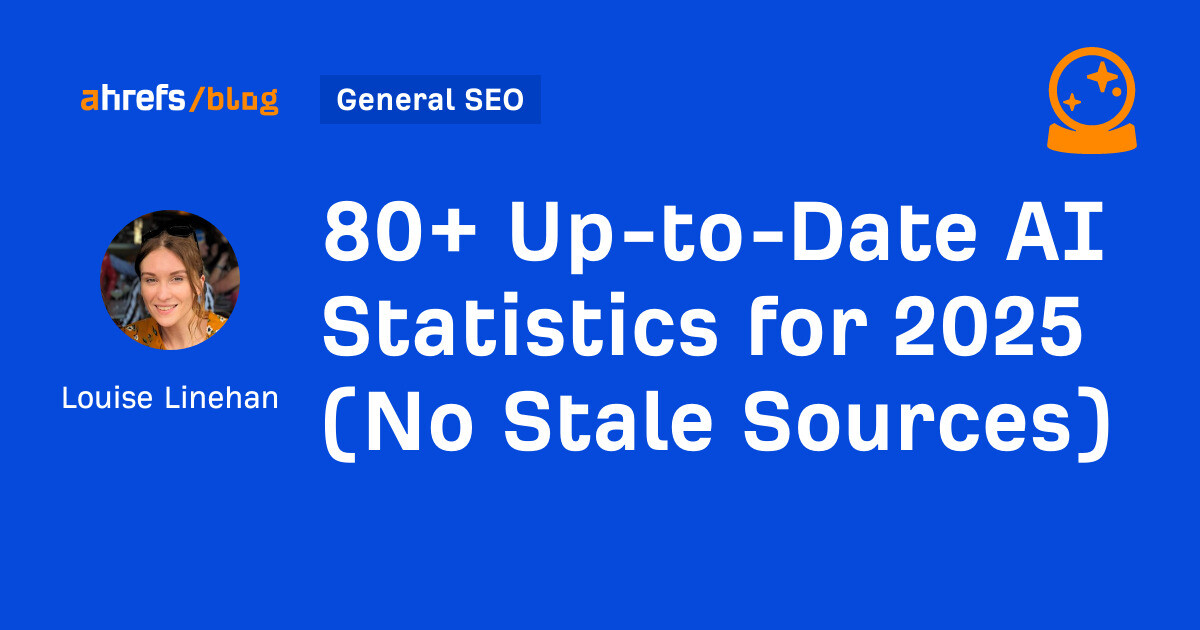











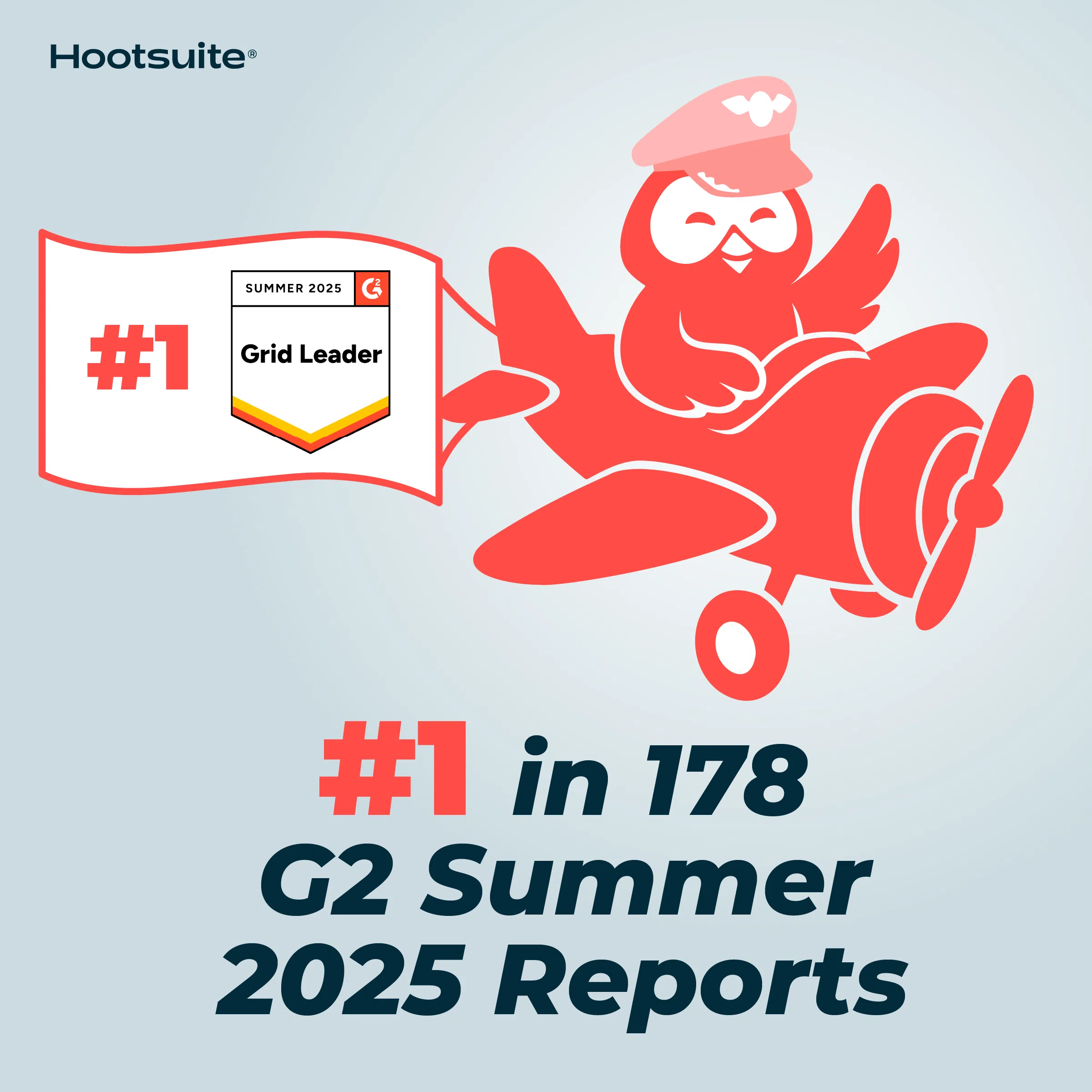
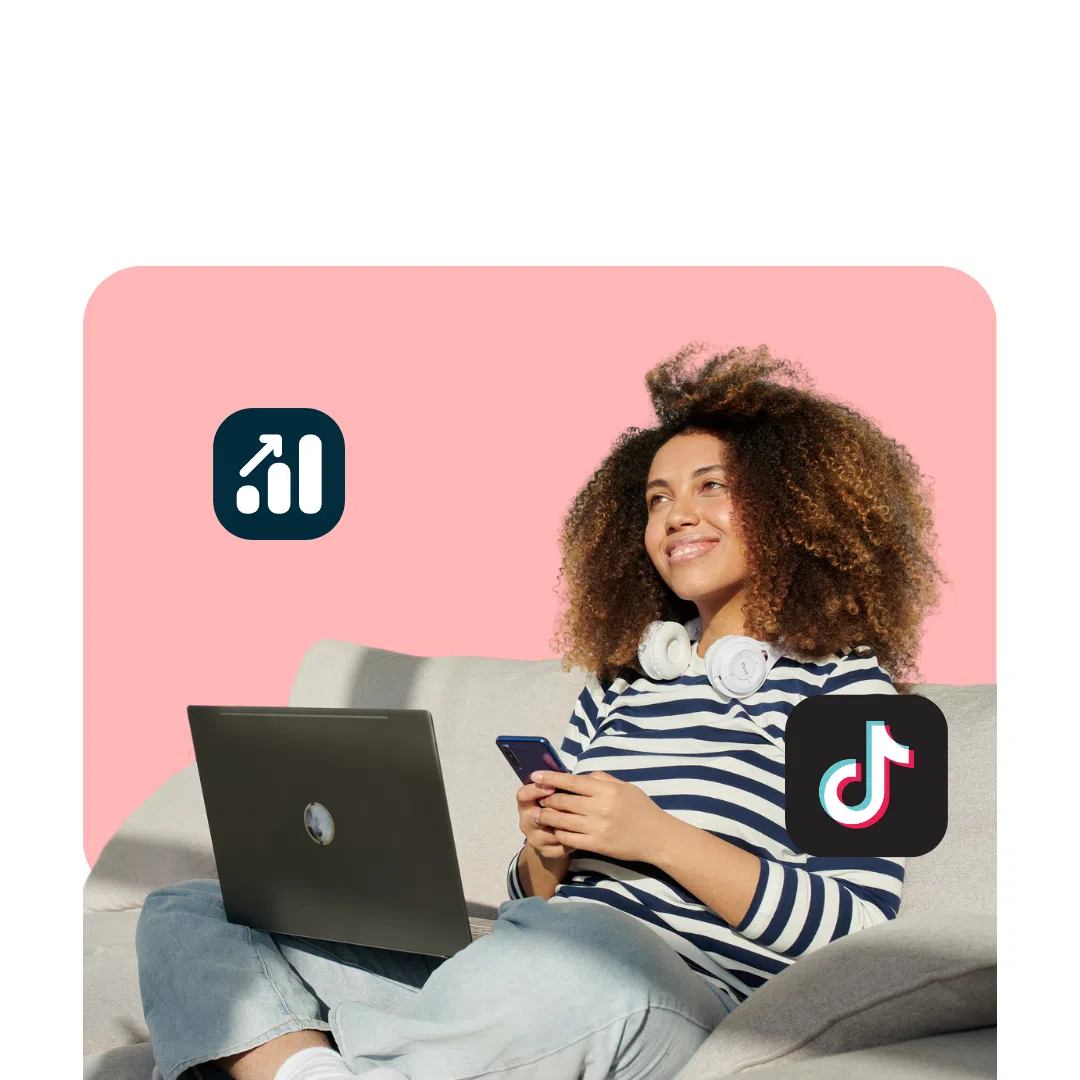

![Brand pitch guide for creators [deck and email templates]](https://blog.hootsuite.com/wp-content/uploads/2022/06/brand-pitch-template.png)


